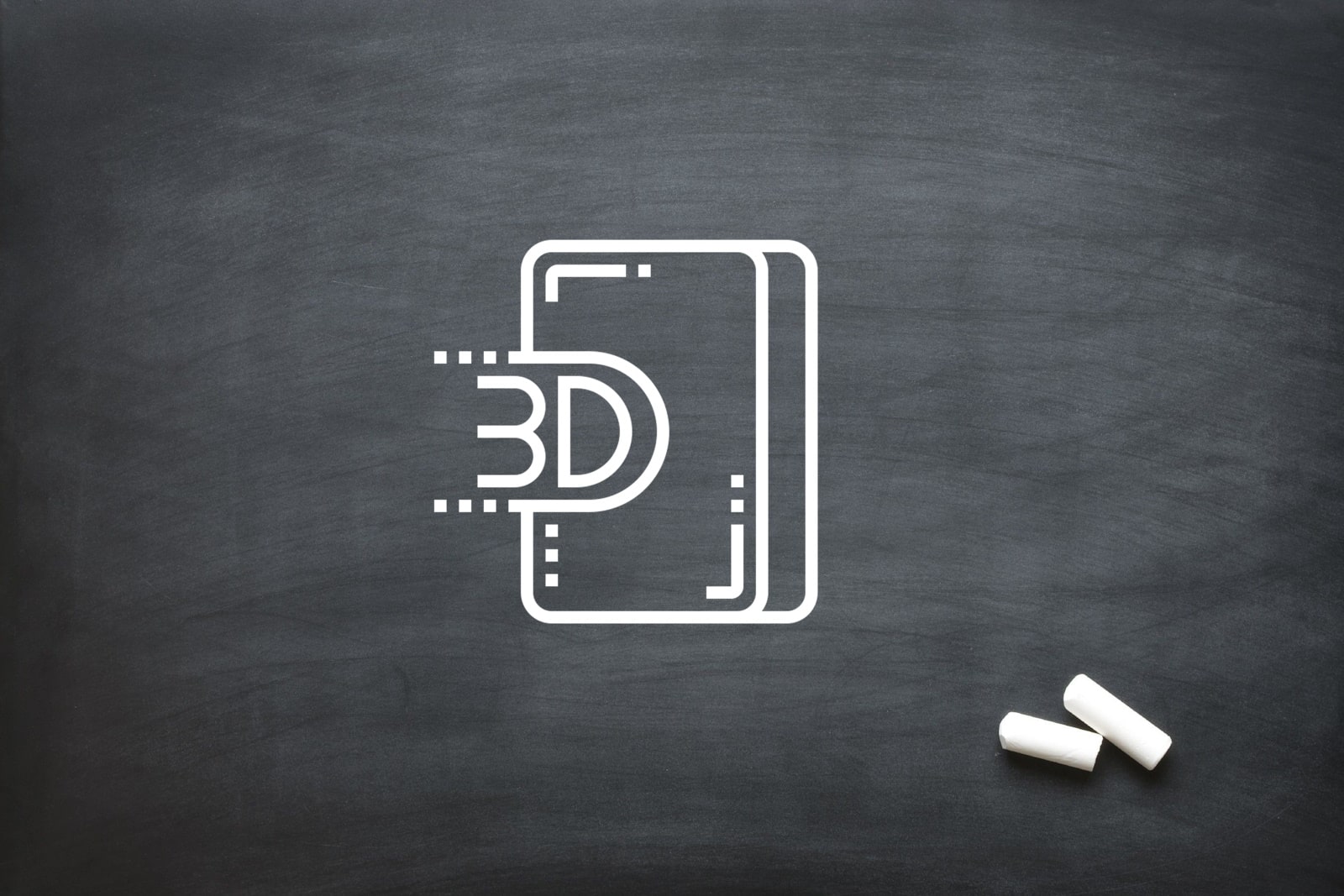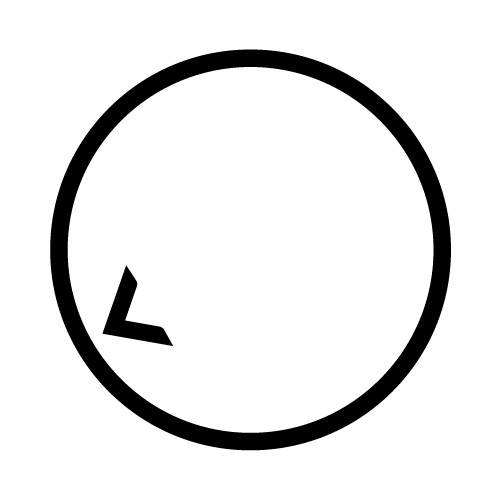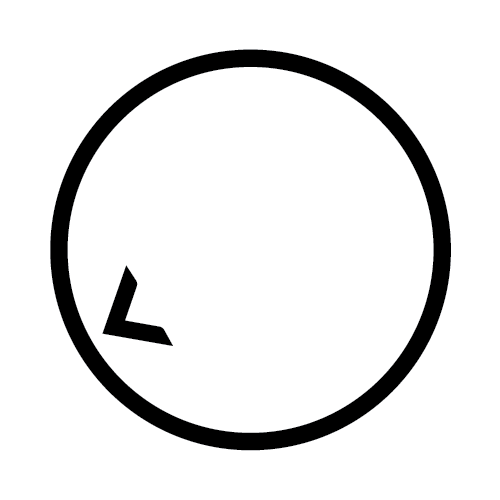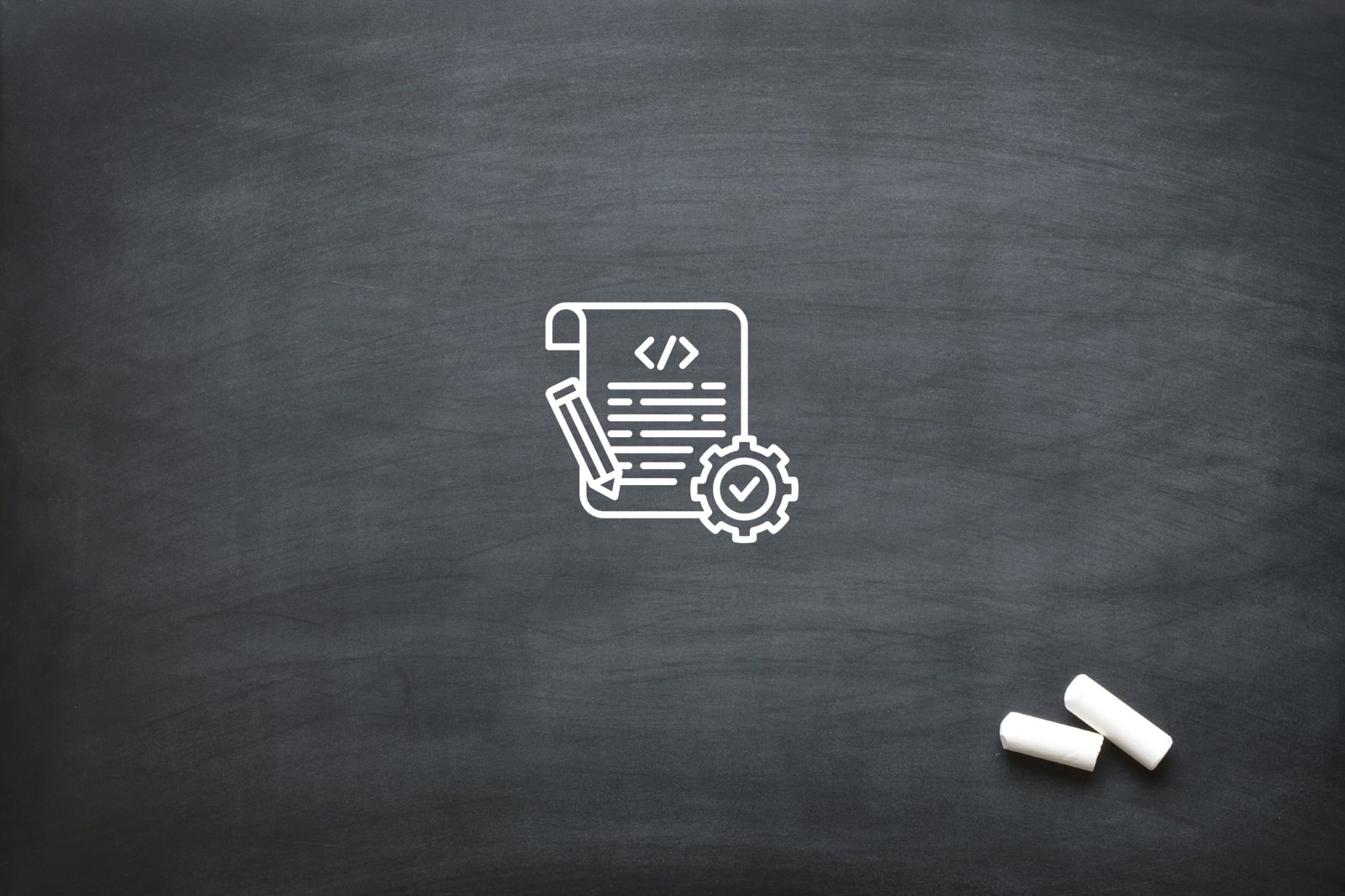
Understanding Kinematics in Animation
Kinematics is one of the foundational principles in rigging and animation, defining how characters move through space. For 3D animators, mastering kinematic systems is essential to achieving realistic, responsive, and expressive motion. Two primary methods dominate animation rigging workflows: Forward Kinematics (FK) and Inverse Kinematics (IK). Each comes with strengths and limitations, and with advancements in rigging techniques, hybrid systems have emerged as a powerful solution to bridge the gap.
Whether animating a character swinging from ropes or planting their feet firmly during a walk cycle, kinematics determines how motion is created and controlled. 3D animators who understand the nuances of these systems can fine-tune performances with efficiency and finesse. From clean joint orientation to seamless switching between control types, this area of rigging directly impacts animation speed, believability, and creative freedom.
Forward Kinematics (FK)
Forward Kinematics is the process by which animators rotate joints manually down a hierarchical chain—typically from the shoulder to the wrist or the hip to the foot. This system gives 3D animators absolute control over arcs, spacing, and timing. Each joint is keyed individually, allowing for elegant, curved motion that is especially well-suited to expressive animation. FK works best when the motion is fluid and the end of the limb doesn’t need to stay locked to any object or surface.
The level of control FK offers does come at a cost. For sequences that require grounded limbs or precise contact with other objects, FK becomes inefficient. Every slight change in position must be adjusted down the chain, which can lead to time-consuming corrections. Nonetheless, for actions like swinging arms, tail whips, or spine articulation, FK remains the most artistic and accurate method for 3D animators to express natural motion.
Inverse Kinematics (IK)
Inverse Kinematics takes the opposite approach to FK by allowing the animator to control the position of the end effector, such as a hand or foot. The software automatically calculates how each upstream joint (like the elbow or shoulder) should rotate to place the limb in the desired position. This approach is essential for actions where the limb must remain fixed, such as walking, climbing, pushing, or grabbing. 3D animators benefit from a dramatic reduction in keyframes and a more intuitive workflow for physically grounded motion.
IK is particularly powerful when animating interactions with the environment. Keeping feet planted during a run cycle or ensuring hands stay fixed on an object becomes far easier and more reliable. However, IK can sometimes feel less fluid or natural in its arc creation, which is why many 3D animators still prefer FK for upper body motion or expressive movements that require detailed control over joint rotation.
FK vs IK – When to Use Each
Deciding when to use FK or IK comes down to understanding the nature of the motion being animated. FK excels in scenarios that require controlled arcs and natural flow—ideal for upper body gestures, swinging motions, or when a limb is moving freely. IK, on the other hand, is optimal for planted or grounded limbs where the end effector must remain fixed in space, such as hands on a table or feet on the ground.
3D animators often switch between these systems depending on what the animation demands. A walk cycle may begin in IK to keep the feet from sliding, then switch to FK for a more expressive gesture. The best practice involves combining both techniques strategically, so each system is used where it shines the most. This flexibility makes rig knowledge a critical skill for professional animators.
IK Pole Vector and Joint Orientation
Proper IK functionality relies heavily on clean joint orientation and the use of a pole vector. A pole vector is an external control that dictates the direction in which a joint, like an elbow or knee, bends. Without a correctly placed pole vector, the limb may twist unpredictably, resulting in undesired flipping or awkward deformation. For 3D animators, mastering pole vector setup is essential to maintaining control and consistency in IK chains.
In addition to pole vector positioning, joint orientation must be clean and consistent throughout the rig. Misaligned joints can lead to erratic rotation behaviour, especially during IK calculations. Ensuring that joint axes are aligned properly before animation begins allows for predictable and stable motion throughout the scene. For high-quality rigs, getting these fundamentals right is a non-negotiable standard.
Seamless Switching Between FK and IK
Modern rigs often allow for seamless transitions between FK and IK to give animators more flexibility. When a limb needs to move from free motion into a planted position—or vice versa—3D animators can use FK/IK switches to maintain continuity. The key is ensuring that the pose remains consistent across the switch, which is achieved through matching tools that snap one system’s control to the other without visible popping.
These systems are especially useful in production environments where characters interact fluidly with their surroundings. An arm reaching out (IK) can smoothly transition into a flowing wave (FK) if matched correctly. Rigging professionals now routinely embed these match-and-switch features directly into control systems, saving animators time and reducing the margin for error.
Hybrid FK/IK Systems
Hybrid kinematic systems allow both FK and IK to operate simultaneously or blend together, giving 3D animators maximum flexibility. These systems can interpolate between FK and IK, enabling a smoother transition and more nuanced control. Instead of a hard switch, hybrid rigs allow gradual blending, which is particularly useful for complex motions like climbing, dancing, or acrobatics.
With hybrid setups, arms can be animated using FK for expressive gestures while still retaining the option to “plant” a hand mid-motion using IK. This combination allows for more sophisticated performances and supports a non-linear animation workflow. For 3D animators looking to push realism and performance quality, hybrid systems offer an advanced toolset for versatile character control.
Stretchy IK and Advanced Rig Features
To support stylised or exaggerated motion, advanced rig features like stretchy IK chains, elbow/knee locking, and volume preservation have become standard. These features give 3D animators the tools to stretch limbs dynamically, maintain shape consistency, and control extreme poses without breaking the rig. Stretchy limbs are especially popular in cartoon-style animations where exaggeration is key to appeal.
Elbow or knee locking helps maintain joint stability in situations where the limb must hold a position against a force or surface. Volume preservation ensures that even when limbs stretch, they retain a believable thickness or form. These enhancements improve both realism and creative expression, giving animators a more powerful and reliable animation toolkit.
IK/FK Matching Tools
IK/FK matching tools are a cornerstone of professional rigs. These tools allow 3D animators to transition between FK and IK by automatically aligning the limb’s pose in both systems. Matching ensures the switch is clean and doesn’t create jumps or inconsistencies. It simplifies the animation workflow by eliminating the need to manually reposition every joint during a control switch.
These tools use algorithms to calculate joint rotations and positions so they match exactly at the frame of transition. For 3D animators working under tight deadlines or in collaborative environments, such tools are essential. They help maintain pose integrity and minimise retakes caused by switching errors or popping motion.
Real-World Examples in Production
In animation pipelines, it’s common to use IK for the legs—especially in walking and running sequences—while FK is preferred for upper body motions like gesturing or punching. Hybrid systems are employed when characters interact with their environment, such as climbing or fighting, where limbs need to transition between planted and free movement. These workflows allow 3D animators to deliver high-quality performances that are both dynamic and grounded.
Studios that adopt these practices see improved efficiency and fewer animation errors. For instance, blending IK for stable contact with FK for fluid exit motions allows animators to craft expressive sequences without breaking realism. These strategies are becoming the industry standard as demands for higher animation fidelity increase.
Common Pitfalls and Fixes
Despite their power, FK and IK systems are not without issues. Joint flipping often results from poorly placed pole vectors or incorrect joint orientation. Popping during transitions can occur if matching tools aren’t used properly. Another frequent issue is joint misalignment, which can cause IK chains to behave unpredictably, especially during extreme poses.
To prevent these problems, 3D animators should ensure their rigs are built on clean foundations. Proper hierarchy setup, consistent orientation, and tested control systems help avoid issues during production. When problems do arise, debugging usually involves rechecking joint rotations, pole vector alignment, and ensuring that no unintended constraints or scale transformations are applied.
If you’re looking to improve your rigging pipeline or want expert support for your next animation project, get in touch with us at Oliver Karstel Creative Agency. We help 3D animators build robust, professional-grade rigs that empower creativity and performance.






